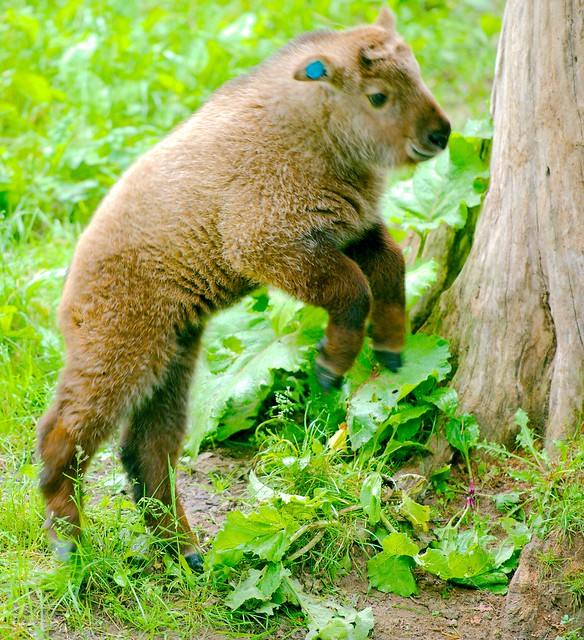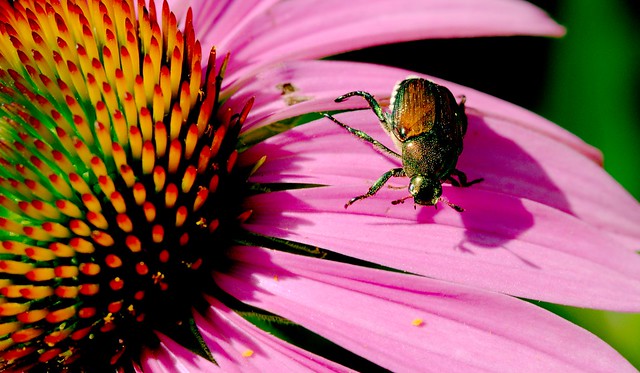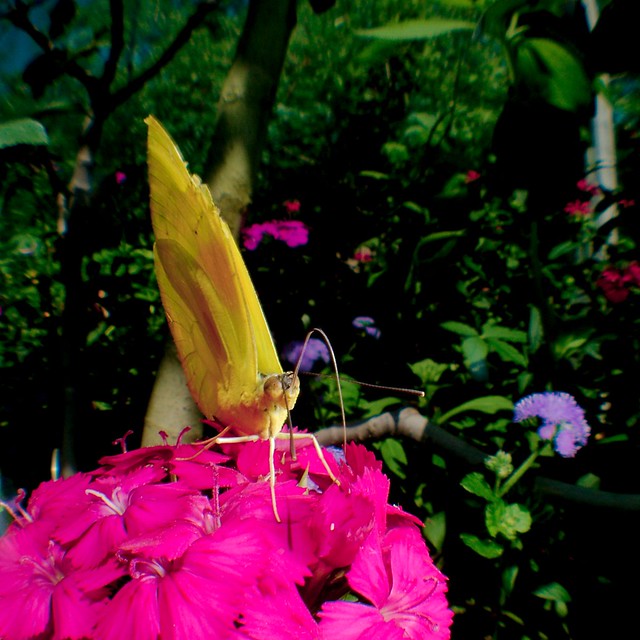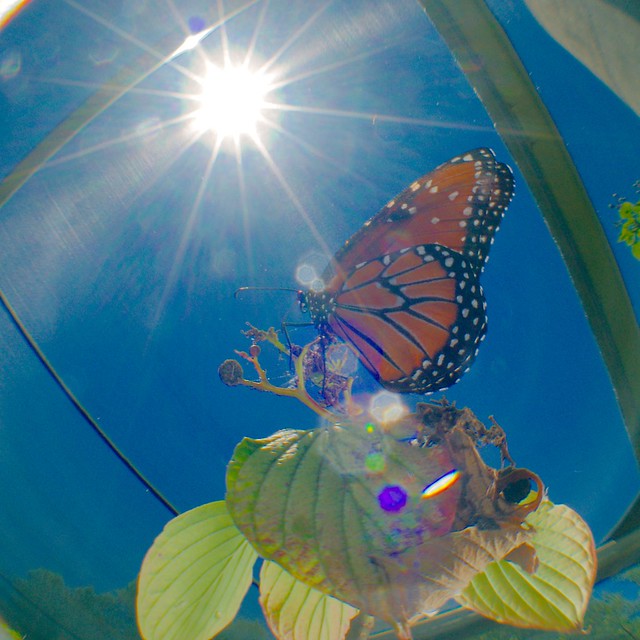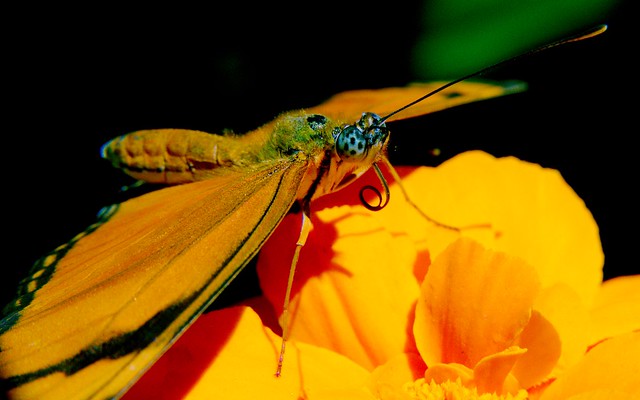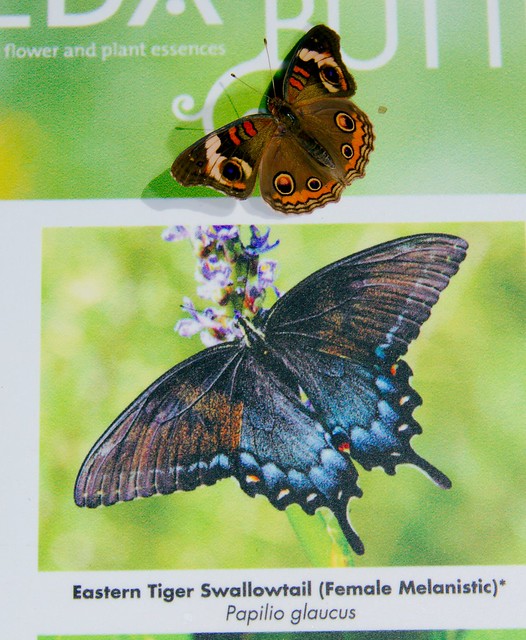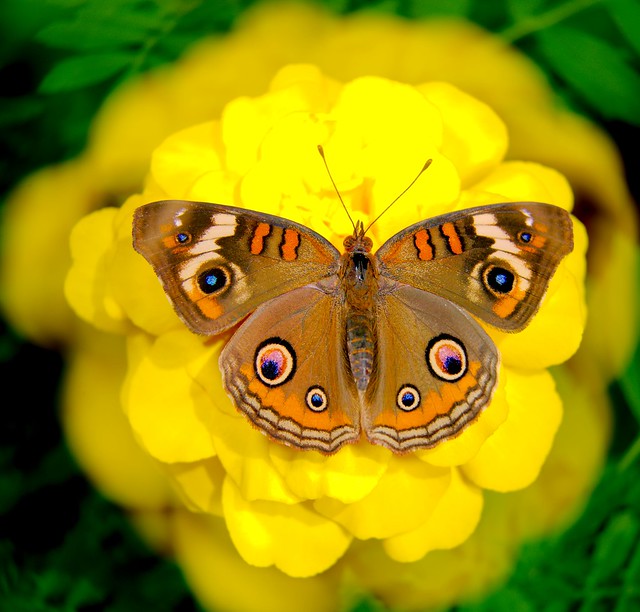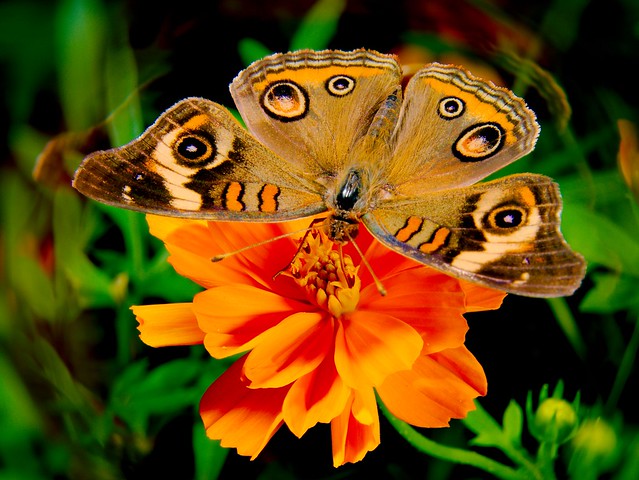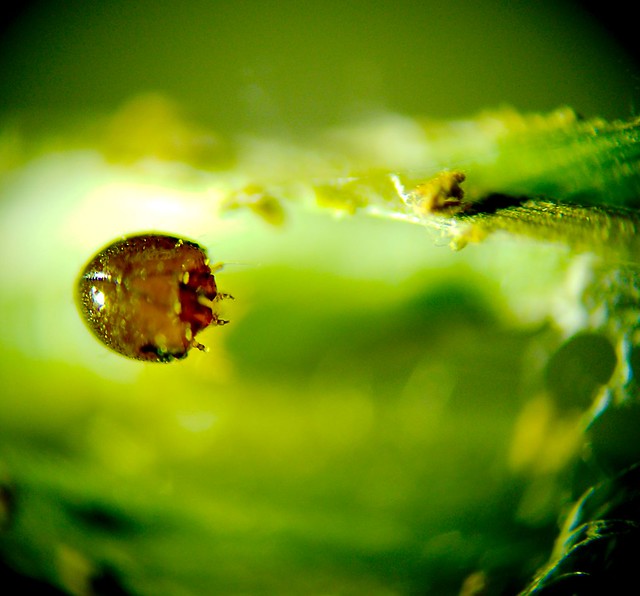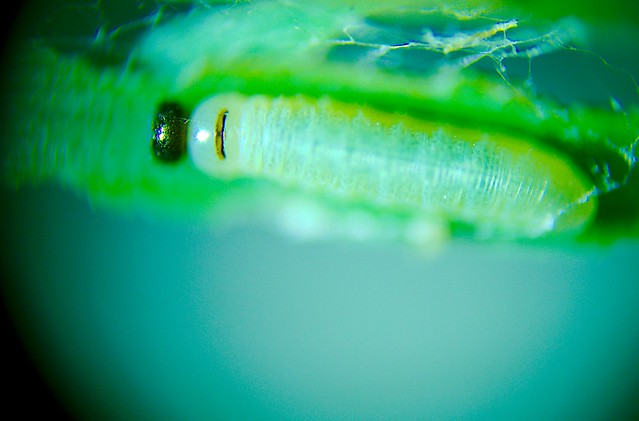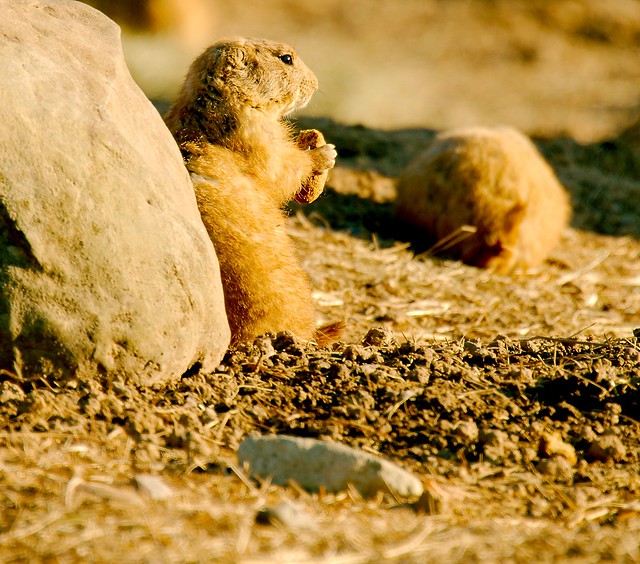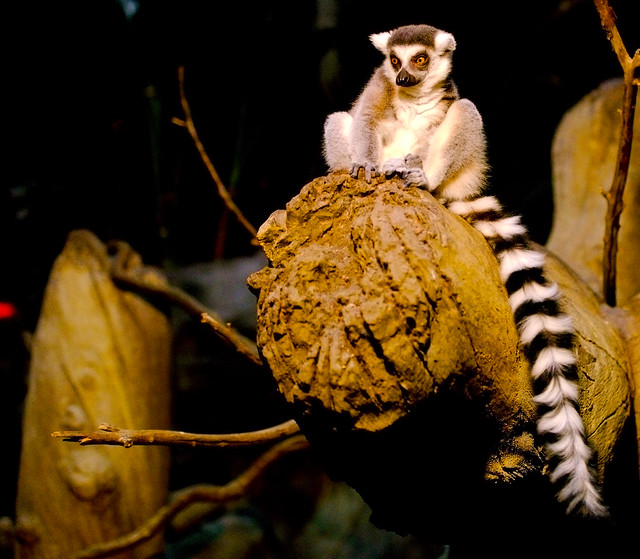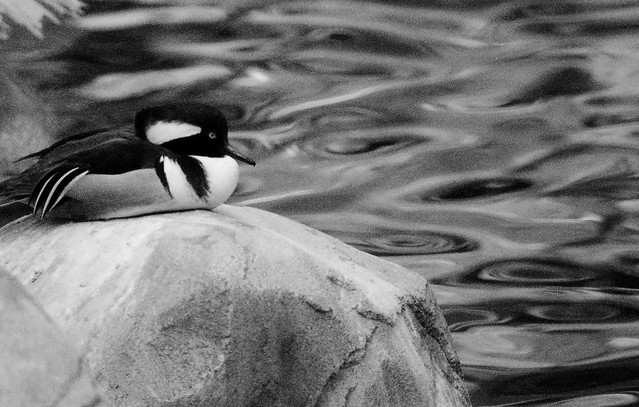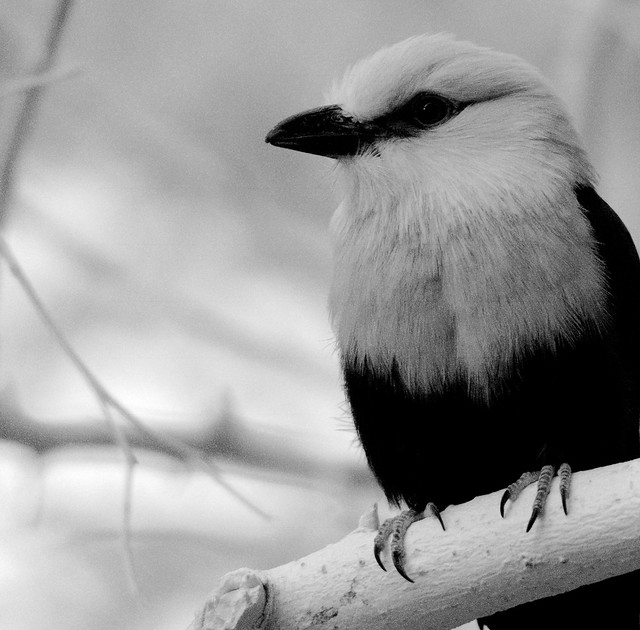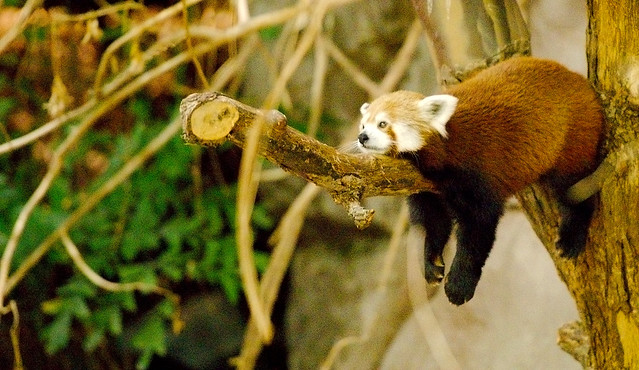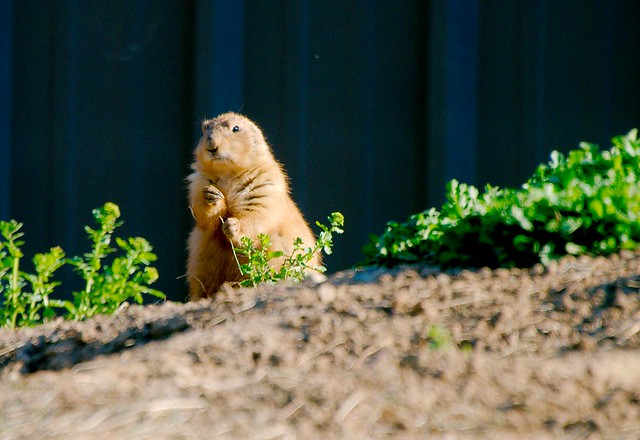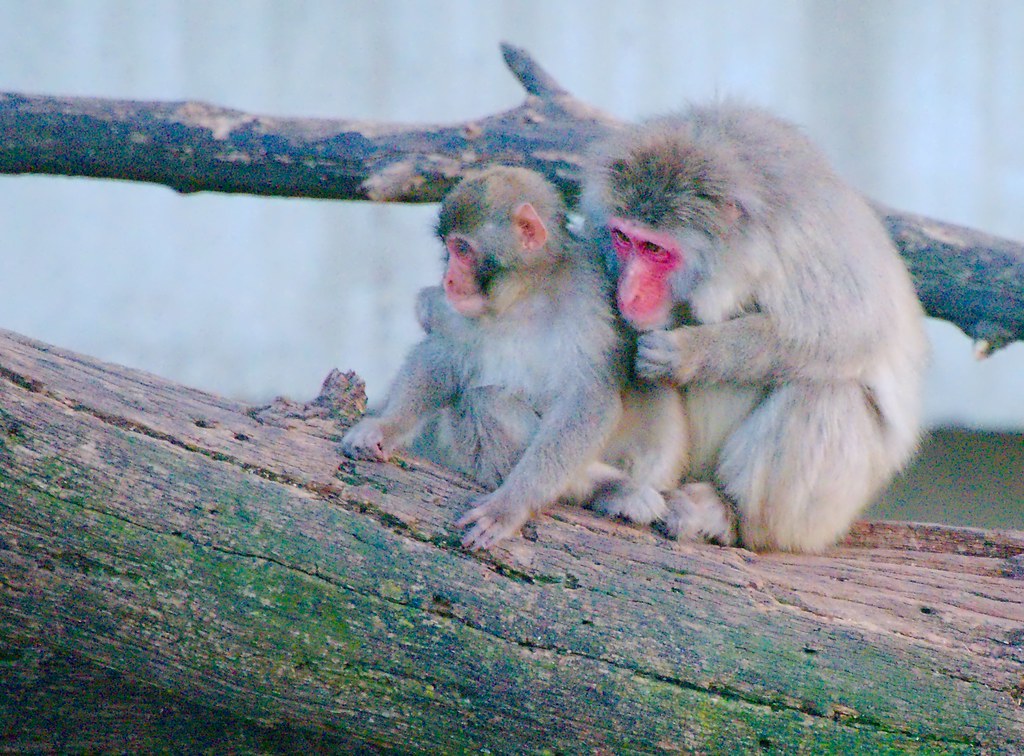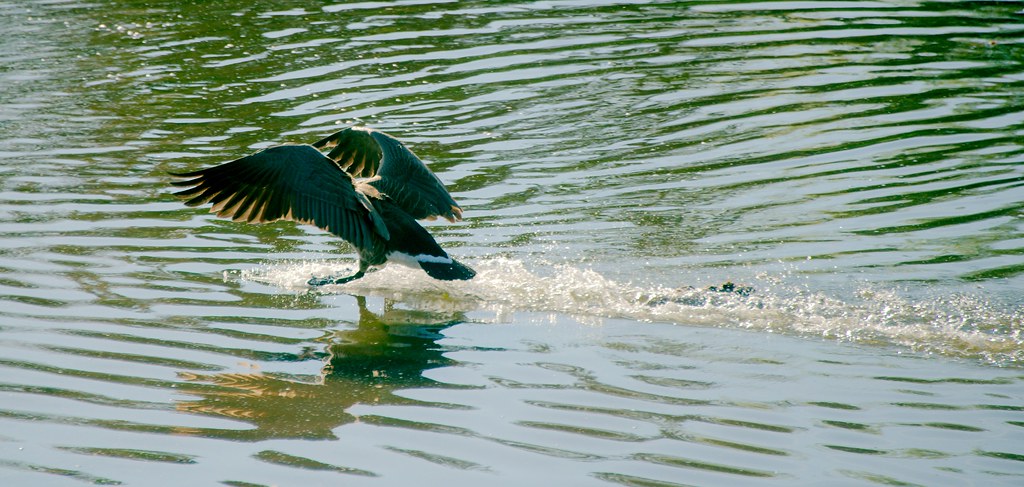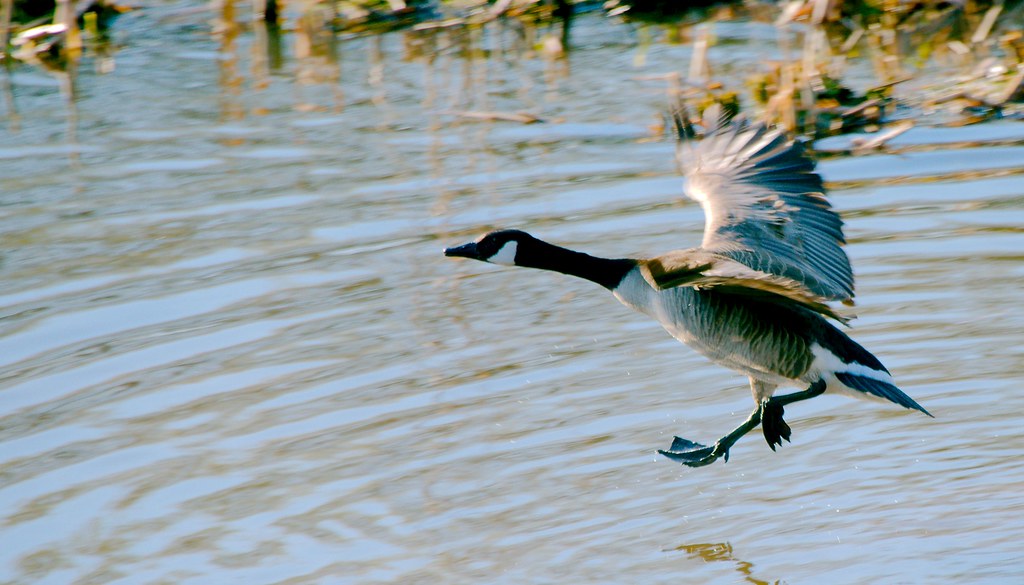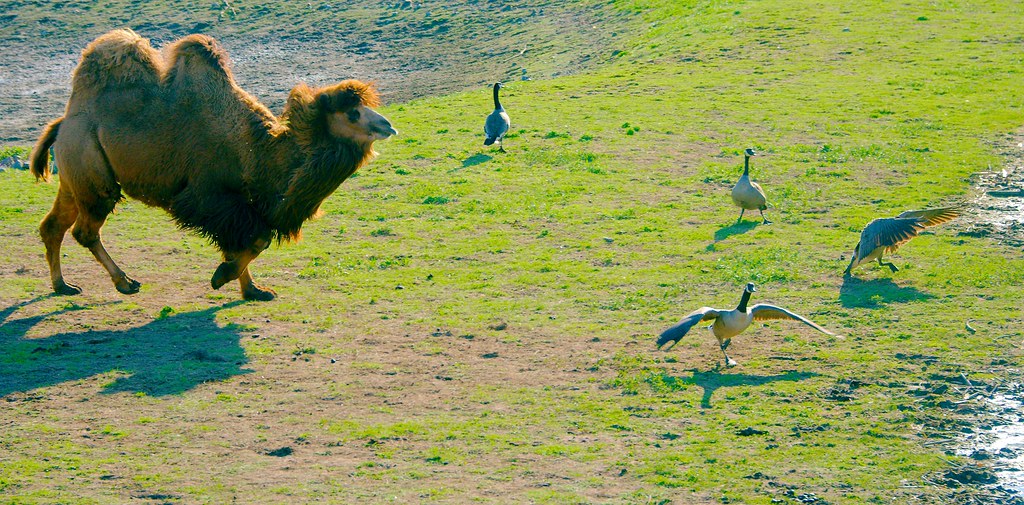When they think you’re not looking, takin can fly.
Tag Archives: Minnesota Zoo – Apple Valley
Butterfly
Butterfly
Butterfly
This is an example of a failed test of the new lens stuff. Here I learned that a wide angle macro lens will pick up the background a lot more than a regular lens, so shooting in a butterfly house only works if you’re shooting down.
I also learned that some lens flares are really weird when it comes to chromatic aberration.
(I also learned that it’s really hard to spell “aberration”.)
Butterfly
I’ve spent some time this last summer trying to find a combination of techniques that would allow me to do wide angle macro. Of course, now that I’m pretty sure how to do it, a weird little lens company has announced a professional version of exactly what I’ve been trying to build. I’m trying to focus more on what I learned this summer and now how much time I wasted trying things that didn’t work out.
Butterfly
Butterfly
Butterfly
There’s a weird little lens attachment you can get that is basically a close-up lens with a hole cut out of the middle. It’s *supposed* to give you a clear center and sort of blur everything else out into something gorgeous.
Turns out that when you use it on a macro lens, you get a halo of your subject (which makes sense thinking about the optics involved).
In this case, it gives a sense of motion where there was none.
Dakota Skipper (Hesperia dacotae)
Dakota Skipper (Hesperia dacotae)
This is a test photograph of a Dakota skipper caterpillar. It’s not a great shot, and I forgive you for not appreciating it right away.
The Dakota skipper is an endangered butterfly. Like other prairie butterflies, the caterpillars hatch from teensy tiny eggs and make a weensy little home at the base of a grass stem. They then eat grass all summer in the hopes of becoming a full grown butterfly the following year. They then help pollinate the plants as they eat nectar, mate, and make more teensy tiny eggs.
Now, the words “teensy tiny” might not mean much. What you have to realize is that these butterflies are small. Their wings measure one inch* across. Their body is then less than an inch* long and quite slender. The eggs are smaller than that so they can fit in that little body. The caterpillars, of course, have to fit in the eggs.
When I saw the eggs, they reminded me of seeds. Poppy seeds, specifically … but whitish green … and a bit smaller.
That means that this little caterpillar, who fit into an egg about the size of a poppy seed was quite little. He looked like a little eyelash … but whitish green … and a bit smaller. The lab people moved them around with soft paint brushes because anything else would hurt (or kill) them. The hope is that a captive population will help to identify why the species is dying out.
I was not prepared to take this photo. I had with me a 10x microscope objective, an adapter, a basic lens, and a flashlight. To do it properly, I’d have used a proper microscope. Alas, that requires timing to work out and I was not so fortunate. Still, given the conditions I was working with, I think it worked out okay.
* That’s 25.4 millimeters for those of you lucky enough to live somewhere** with a rational system of measurement.
** Also known as “the rest of the world”***
*** Except the United States, Liberia, Myanmar****
**** You know, Burma
Prairie Dog playing Troiles and Cressida
Ring-tailed Lemur
Deep Infrared Duck
This is an example of why I converted my backup camera to “supercolour” infrared rather than going with the deep infrared. Since supercolour sees from orange into the deep infrared spectrum, you get a *lot* more light. With deep infrared only, you’re looking at a much narrower band of the spectrum and get a lot more noise in the image.
